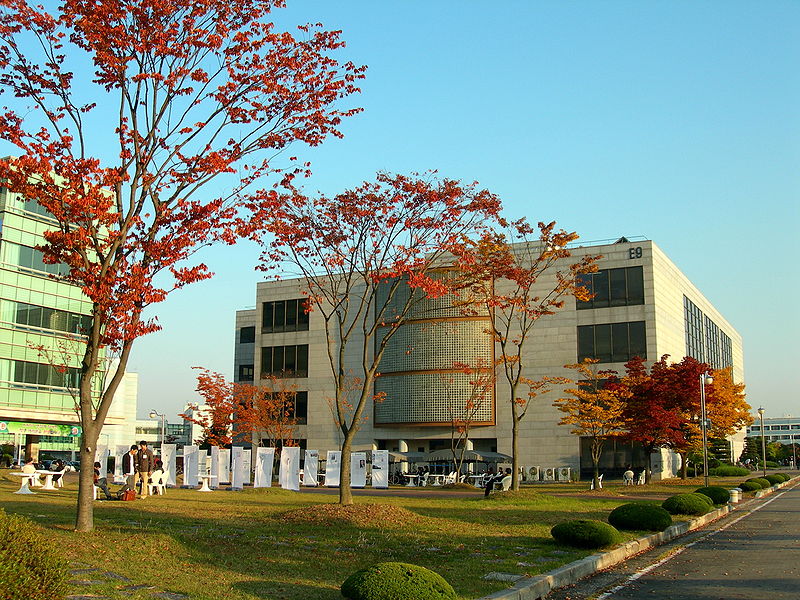The new edition of the QS Top 50 Under 50 is released today, a ranking of the world’s top 50 universities under 50 years old, based on the highest ranking young universities in the 2013/14 QS World University Rankings®.
This is the third time QS has published the ranking, which aims to highlight relatively newly established universities already making a big impact in the global rankings. This feat is particularly impressive as the ranking is compiled based on factors including international reputation, research citations and international diversity of students and staff – all of which typically take a significant period of time to establish.
 Success for young universities in Hong Kong
Success for young universities in Hong Kong
For the second time running, this ranking of the world’s top 50 universities under 50 is topped by the Hong Kong University of Science and Technology (HKUST), established in 1991 and already placing within the world’s top 35 universities. Indeed, one of the major trends highlighted by the ranking is the rapid emergence of Hong Kong into the global higher education sector. A total of four young universities in Hong Kong feature in the ranking, including two more top-10 entries (City University of Hong Kong, ranked 104= in the world, and the Hong Kong Polytechnic University, ranked 161), and a fourth just outside the top 25 (Hong Kong Baptist University, 288 in the world).
 The rise of young universities in Asia
The rise of young universities in Asia
The fast rise of young universities in Hong Kong in the global rankings is part of a broader story of emerging Asian higher education hubs, particularly in the east of the continent. Universities in Asia have, in general, been strengthening their presence in the international rankings over the past decade – and this includes a large number of young institutions which have benefitted from strong government funding, and have in many cases rapidly become magnets for top academics and students around the world.
An example of this is Singapore’s Nanyang Technological University (NTU), formed in 1991 from a merger between the Nanyang Technological Institute and the National Institute of Education. NTU retains second place in the Top 50 Under 50, having climbed from 47th to 41= in the latest QS World University Rankings. Close behind, in third and fifth place, are South Korea’s two leading science and technology-focused institutions – the publicly funded KAIST and private POSTECH – ranked 60th and 107 in the world respectively.
Beyond this entirely Asian top five, other signs of the vitality of young universities in Asia come from the inclusion of Malaysia’s Universiti Kebangsaan Malaysia (19th in the Top 50 Under 50 and 269= in the world) and Taiwan’s National Yang Ming University (30th in the Top 50 Under 50 and 295= in the world). East Asia’s longer-established education leader, Japan, also has its own young star: the University of Tsukuba is in 14th place.
 Wave of young Australian universities
Wave of young Australian universities
While the ranking undoubtedly reflects the fast growth of universities in these east-Asian nations, the country with the most entries is in fact located to the south of this group: Australia. A total of nine Australian universities feature among the world’s top 50 universities under 50, comfortably more than any other country. The top Australian entry is the University of Technology, Sydney (UTS), which gained university status in 1988, and climbed to 272 in the last edition of the QS World University Rankings.
The youthful new wave of internationally competitive Australian universities also includes the University of Wollongong, Queensland University of Technology, Curtin University, RMIT University, the University of Newcastle, Griffith University, the University of South Australia and James Cook University.
 Highlighting top young universities worldwide
Highlighting top young universities worldwide
While young Australian universities form an impressive group, in general the Top 50 Under 50 reflects a very broad global spread of high-performing fledgling universities – a total of 27 countries are featured. After Australia, Spain has most entries (five), followed by Hong Kong (4), the US (3), the UK (3), South Korea (2), Germany (2), Sweden (2) and Canada (2). One entry apiece is claimed by Singapore, the Netherlands, Belgium, Japan, Brazil, Malaysia, Finland, Taiwan, Kazakhstan, Norway, Denmark, Argentina, Italy, Israel, Ireland, Portugal, France and Saudi Arabia.
As this list illustrates, both emerging and well established higher education leaders have seen new universities rapidly reach a very strong international ranking position within just half a century. All of this edition’s entries rank well within the top 400 in the 2013/14 QS World University Rankings® – the lowest placed is the University of Texas at Dallas, US, ranked 366= in the world and a new entry to both the world ranking and the Top 50 Under 50.
Also entering the world’s top 50 universities under 50 for the first time are Australia’s Griffith University and James Cook University, Spain’s Universitat Politècnica de Catalunya and Portugal’s Universidade Nova de Lisboa. These five new entrants replace another two Australian universities (Macquarie University and Flinders University), and three UK universities – Warwick, Lancaster and Essex; with the exception of Flinders University, these have now all passed the 50-year mark and no longer qualify for inclusion.
